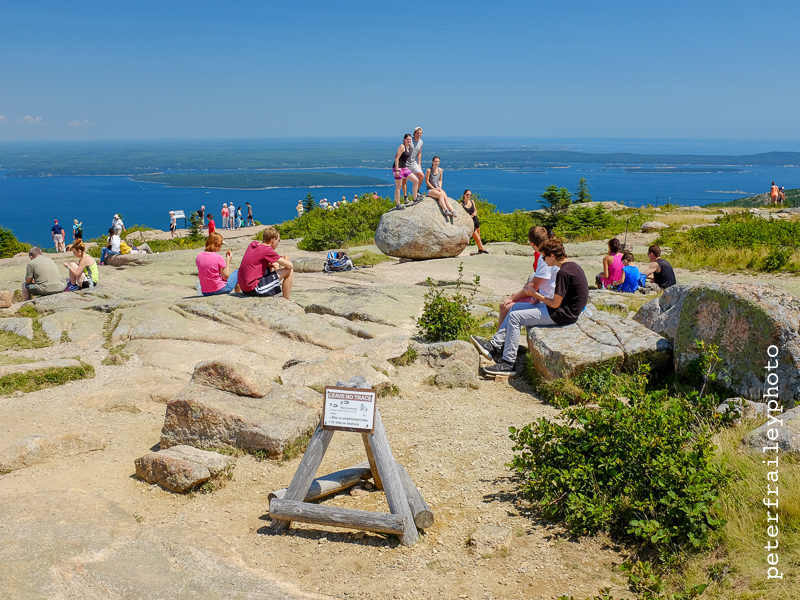Driving home earlier this month after a rain storm, the light became beautiful as the sun dipped down out of the clouds and rested on the horizon. These photos were taken about 3:50p on December 3rd, and sunset was at 4:13p. This put me nicely in the “golden hour”. The light of the setting sun with the contrast against the dark clouds was spectacular.
These two images are far from portfolio images. But because they were well received on my social media pages, it got me thinking. There are plenty of people who see nice photos and think they themselves could not capture them without a “good” camera. In this case it was not about the camera, it was about seeing and being willing to stop and get out of the car! [Though I had a marginally decent camera with me, I would have stopped even if I only had my iPhone 5S.]
In this instance it occurred to me that many people simply don’t see/notice things like this as they drive along focusing on the destination. (And ignoring the journey?) I’m not saying one should drive unsafely with their eyes wandering all over the road. I do think it helps if you have trained yourself to “be in the moment”.
I am sure that among the hundred or so people who drove by me while I was walking around catching these images, most never even saw what I saw. And definitely, among those who did see this, I was the only one who stopped to saver the moment.
75mm equivalent lens on a Sony Nex-5r.
A cell phone would have worked, though you'd
have to get closer... and aim upward, changing the perspective,
which is neither good nor bad, just different.
Shot at 28mm-equivalent, a cell phone would have worked fine.
Personally, I found meaning in these images. Interestingly they were across the side street from each other. Separation of church and state?
Also, let me note, should you be reading this at a much later date, the flag at half mast was in honor of President #41, the late George H. W. Bush. This is a conflicted and difficult time in our country with much disagreement, nasty talk, and tension. But I believe our nation will persevere and flourish and heal. With this in my mind I saw great symbolism in the gold light shining on our flag, juxtaposed against the turbulent sky. That’s just me… your mileage may vary.























































